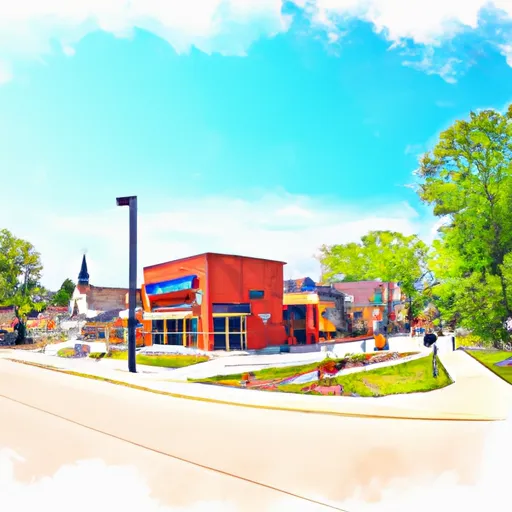°F
°F
mph
Windspeed
%
Humidity











Bryant, Wisconsin is a small village located in Langlade County. The climate in Bryant is classified as humid continental, with cold winters and warm summers. The hydrology constituents of the area include the Wolf River and several nearby lakes, providing ample opportunities for fishing, boating, and other water-based activities. Outdoor recreation opportunities in Bryant include hiking and biking trails, hunting, and snowmobiling in the winter. The area is also known for its scenic beauty, with numerous parks and natural areas to explore. Visitors can enjoy the peace and quiet of rural Wisconsin while taking advantage of the many outdoor activities available in the area.
Weather Forecast
Bryant receives approximately 788mm of rain per year, with humidity levels near 82% and air temperatures averaging around 5°C. Bryant has a plant hardyness factor of 4, meaning plants and agriculture in this region thrive during a short period during spring and early summer. Most plants will die off during the colder winter months.
Regional Streamflow Levels
392
Cubic Feet Per Second
725
Cubic Feet Per Second
101
Cubic Feet Per Second
16
Cubic Feet Per Second
Nearby Camping
| Camping Area | Reservations | Toilets | Showers |
|---|---|---|---|
| Coon Creek - Shelbyville Lake | |||
| Weldon Springs State Park | |||
| Stephen A. Forbes State Park | |||
| Starved Rock State Park | |||
| Clinton Lake State Rec Area | |||
| Friends Creek Regional Park |



